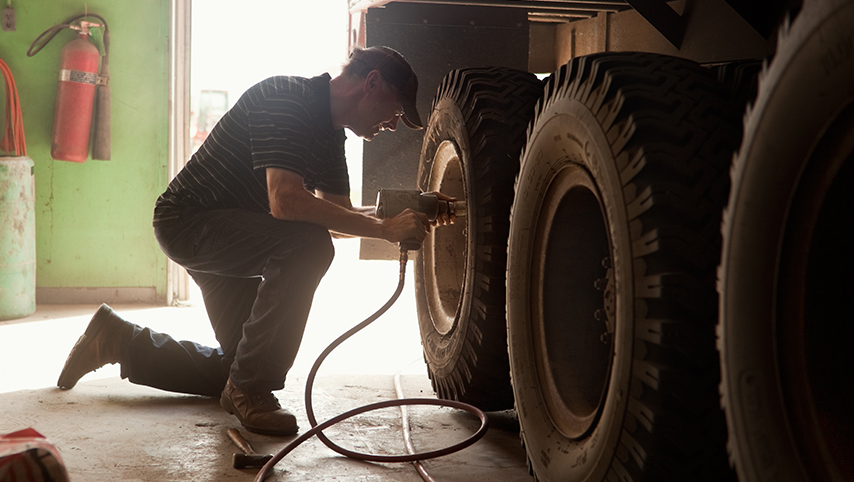
Safety in the Age of Nuclear Verdicts
Safety should always be a primary focus for the commercial trucking industry and for the vast majority, that is true. The cost of not taking safety seriously enough is way too high…and impacting all of us.
I’ve written several blogs on safety…vehicle safety, driver safety, safety technology, etc. We all want to ensure that our vehicles are well maintained, our drivers follow all the rules, and that both groups are regulatory compliant. What has brought safety into sharper focus than ever is the sharp rise in nuclear verdicts.
Nuclear verdicts are truck-involved crashes where juries award more than $10 million to plaintiffs. According to an article in Transport Topics, “Plaintiff attorneys play on jurors’ emotions and convince them that transportation companies are inherently dangerous, regardless of the facts. Trucking companies and insurance providers generally consider these awards to be grossly disproportionate to the case damages.”
These types of verdicts have literally exploded onto the legal landscape in the last decade. A 2020 American Transportation Research Institute (ATRI) study tracked these changes. In 2010, the size of verdicts involving trucking companies averaged $2.3 million. By 2018, that rose to $22.2 million. That is an increase of almost 1,000 percent! That has caused insurance premiums to soar for trucking companies, rising by 20 to 25 percent over the past few years. Since the margins for trucking companies is not that great to begin with, this increase can and has put smaller fleets over the edge when it comes to survival. And it has resulted in some insurance providers to opt out of covering commercial transportation.
The 2021 Fact Book on Safety from Heavy Duty Trucking, in conjunction with Work Truck, tracks how different size fleets are handling the safety issue. The results aren’t surprising since often safety training and compliance come at a cost that smaller fleets feel they can’t pay. But the fact is, the cost of one nuclear verdict will be far higher than the cost of following safety protocols.
What the Fact Book found was that larger fleets had advanced safety technologies, focused on driver training, and recognized safe drivers with awards. Fleets with 10 or fewer trucks did so far less. Small fleets focused a bit over 20 percent on driver training while large fleets (those with 250 or more vehicles) were close to 90 percent.
I wrote an IdeaXchange blog in June that discussed how fleets need to provide drivers with the safety tools they need. Of course, the drivers themselves have responsibility for following the law and observing traffic regulations, but there are things that fleets can also do to make that safe driving goal achievable:
- Equip your vehicles with advanced driver assistance systems, including collision mitigation systems and lane departure warnings.
- Back this up by spec’ing safety items throughout the fleet.
- Ensure the highest quality and dedication to maintenance to keep trucks road-ready and in top condition.
- Make safety a major condition when hiring drivers, including rewarding those that reach safety milestones.
What every fleet needs to do is build a culture of safety which will include technology, training, and ongoing engagement with all involved, from drivers to maintenance to logistics to administrative. What is clear is that many fleets (especially smaller ones) are feeling an increasing pinch when it comes to insurance availability and affordability. All fleets can do to mitigate these increases is to make their vehicles and their drivers as safe as humanly possible.

About Jane Clark
Jane Clark is Vice President of Member Services for NationaLease. Before joining the full service truck leasing organization, she served in executive positions with some of the nation’s top staffing and recruitment agencies.




